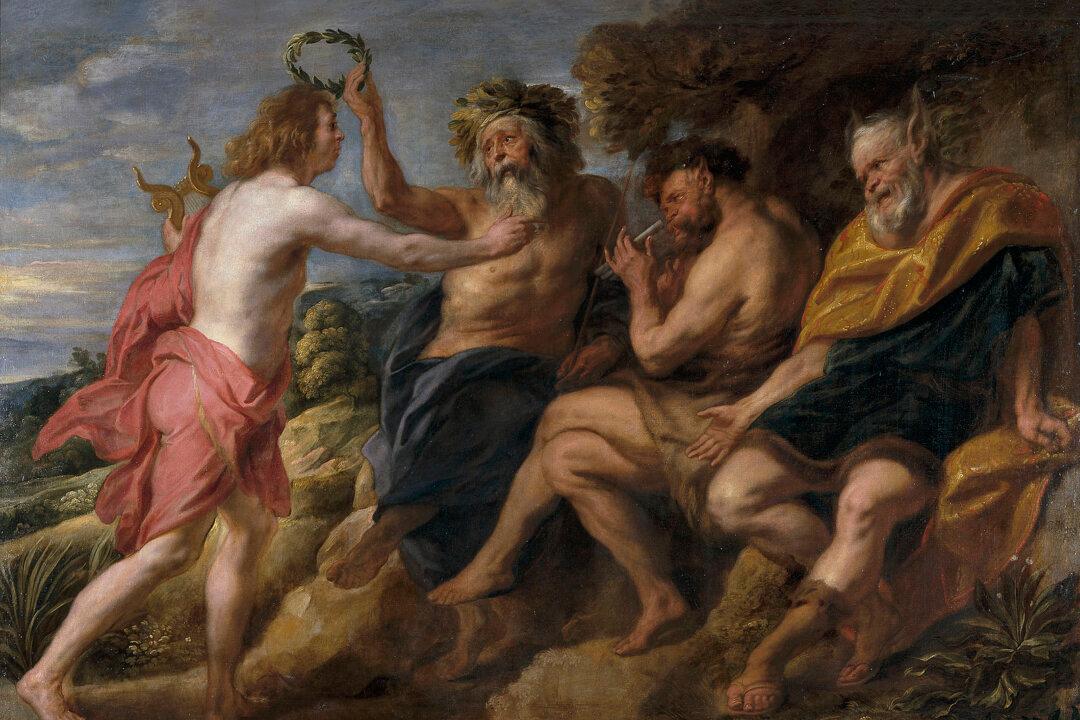Many stories in Western culture warn of the woes that come from challenging the divine. Today, we will investigate two paintings that illustrate one of these stories: “Apollo as Victor Over Pan” by Jacob Jordaens, and “Apollo and Marsyas” by Bartolomeo Manfredi.
The Musical Contest Between Apollo and Pan (Marsyas)
As the ancient Greek story goes, Athena was playing the flute until she saw her reflection in a body of water. Playing the flute distorted her beauty so much that she threw the flute away in disgust.The satyr Pan (also known as Marsyas) found the flute and blew into it. Since it once belonged to a goddess, the flute effortlessly made beautiful sounds. Marsyas believed it was his own talent that produced the beautiful music, and he soon challenged Apollo, god of music and dance, to a musical contest.





